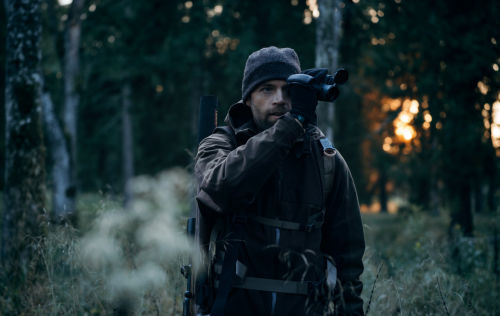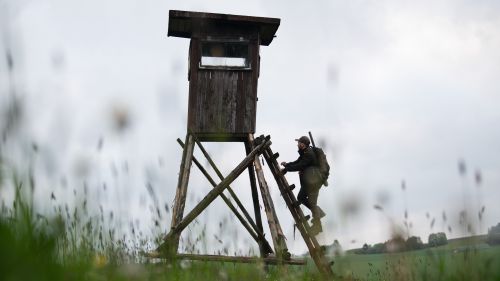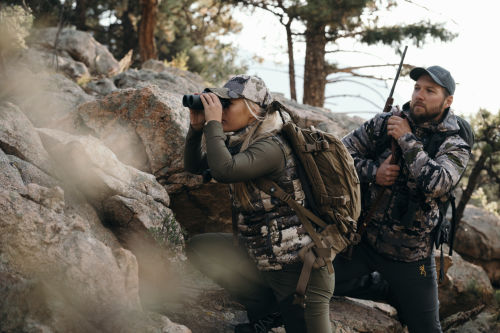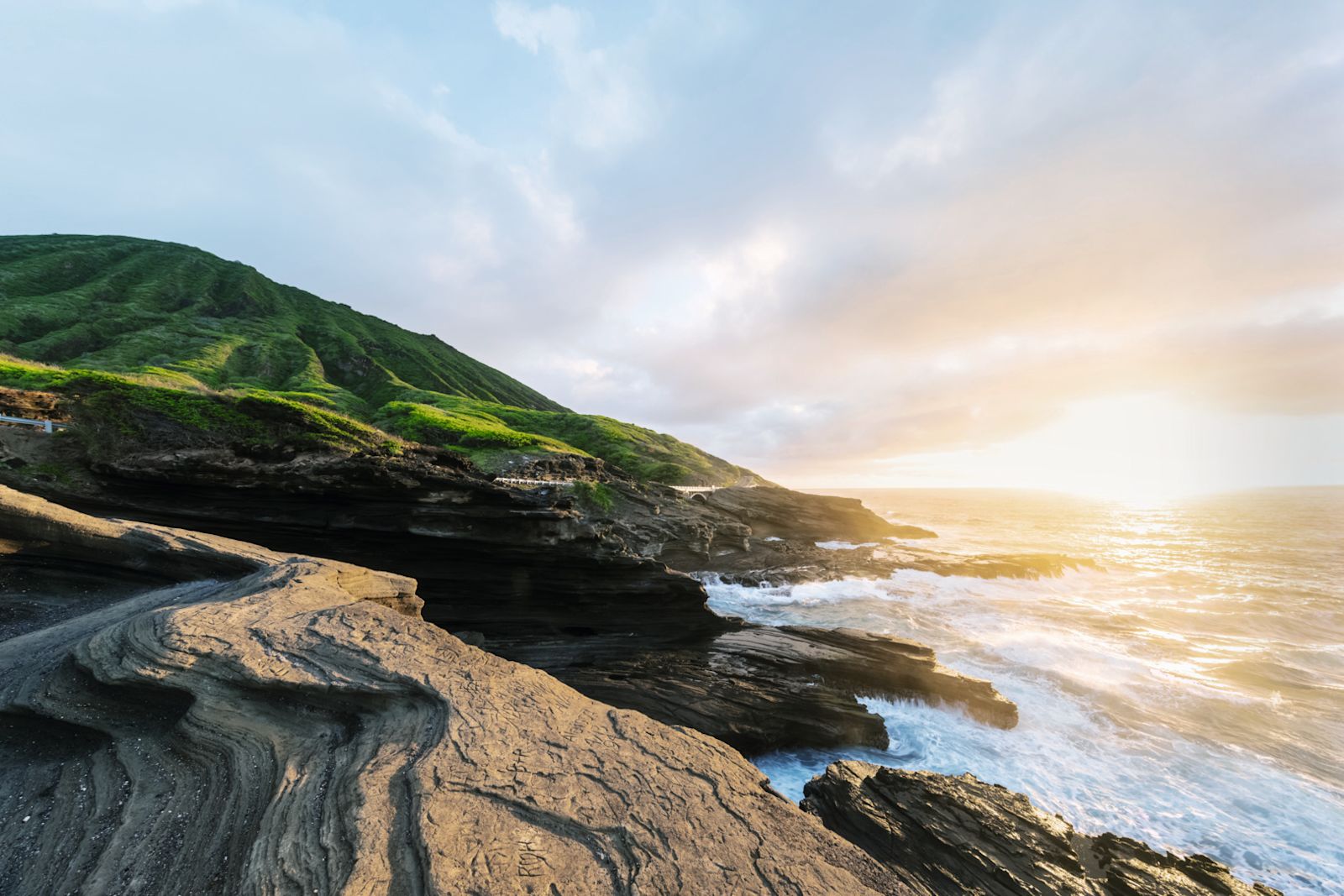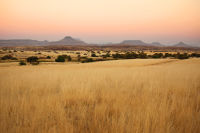On numerous islands, native wildlife has already been extinct by unregulated shooting, habitat destruction, or by competition from introduced domestic animals. But not the axis deer on Lanai. They are not being hounded to extinction; they are being shot to health.
“We don’t know the precise number of deer on the island,” confessed biologist John Burrell, but islanders are eating them by the hundreds and our studies and modeling indicate the deer population has doubled over the last ten years.” Doubled? While being hunted and eaten? This phenomenon needs explanation.
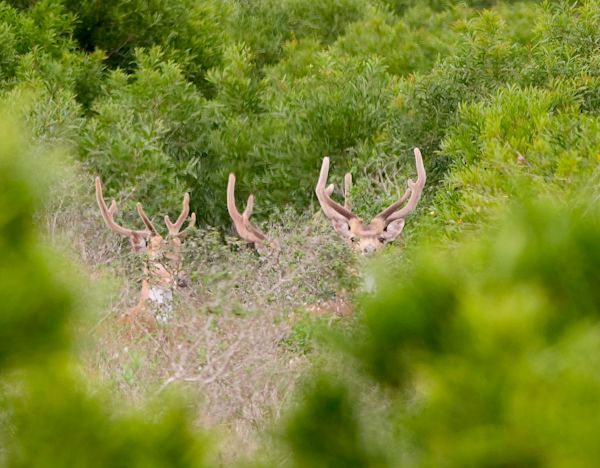
LANAI AS A SELF-SUFFICIENT,
“GREEN” COMMUNITY
As CEO of High Adventure Company, Burrell, in coordination with Pineapple Brothers Lanai, manages deer and deer hunting on the 97 percent of Lanai owned by Larry Ellison, who founded the Oracle software corporation in 1977. Ellison’s objective is to make the island a self-sufficient, “green” community. Solar power. Wind power. Vegetables. Burrell is convinced the axis deer can be a key component of that.
“It’s pretty simple, really,” he explained. “You can raise cattle elsewhere and ship them or their meat here for consumption, then battle the ongoing erosion following on the heels of too many deer browsing and grazing too much vegetation. Or you can hunt, shoot, and eat enough Lanai deer to not only supply islanders’ protein demands, but maintain a deer population within the island’s carrying capacity. You keep the deer, feed the people, restore native plants, reduce erosion, and minimize the large carbon footprint that comes from raising domestic livestock elsewhere and shipping it in. In the process you create jobs and bring tourism dollars into the local economy, too.”
A poster child for sustainable use
Seems Lanai deer hunting could become a poster child for sustainable use. To fully appreciate this developing dynamic, consider the backstory…
Perched in the Pacific west of Maui, Lanai has a sordid environmental history that began with Hawaiian islanders settling in small fishing villages along its coast, but nearly all settlements were wiped out in an attack in the 1780s. Sugarcane was then grown, followed by Mormon sheep ranchers, the beginning of overgrazing. Over time, vegetation progressively declined, and native plants and birds became extinct. From 1922, the entire island was used as the largest pineapple plantation in the world. To add a bit of wildlife to that factory farm, some-one brought over axis deer from neighboring islands and turned them loose.
This was no attempt to restore Lanai’s native fauna. Axis deer, also known as chital, are a beautiful, heavily spotted, subtropical deer native to India. Because the deer found pineapple plants tasty, their numbers were kept in check by aggressive hunting and shooting. But by the mid-1960s world pineapple markets changed and Dole’s Pineapple Island began a rapid decline to “former Pineapple Island.” The last fruit was harvested in 1992. But not the last deer. Largely freed to breed, the axis thrived. By the time Ellison purchased the island in 2012, deer were an environmental threat.
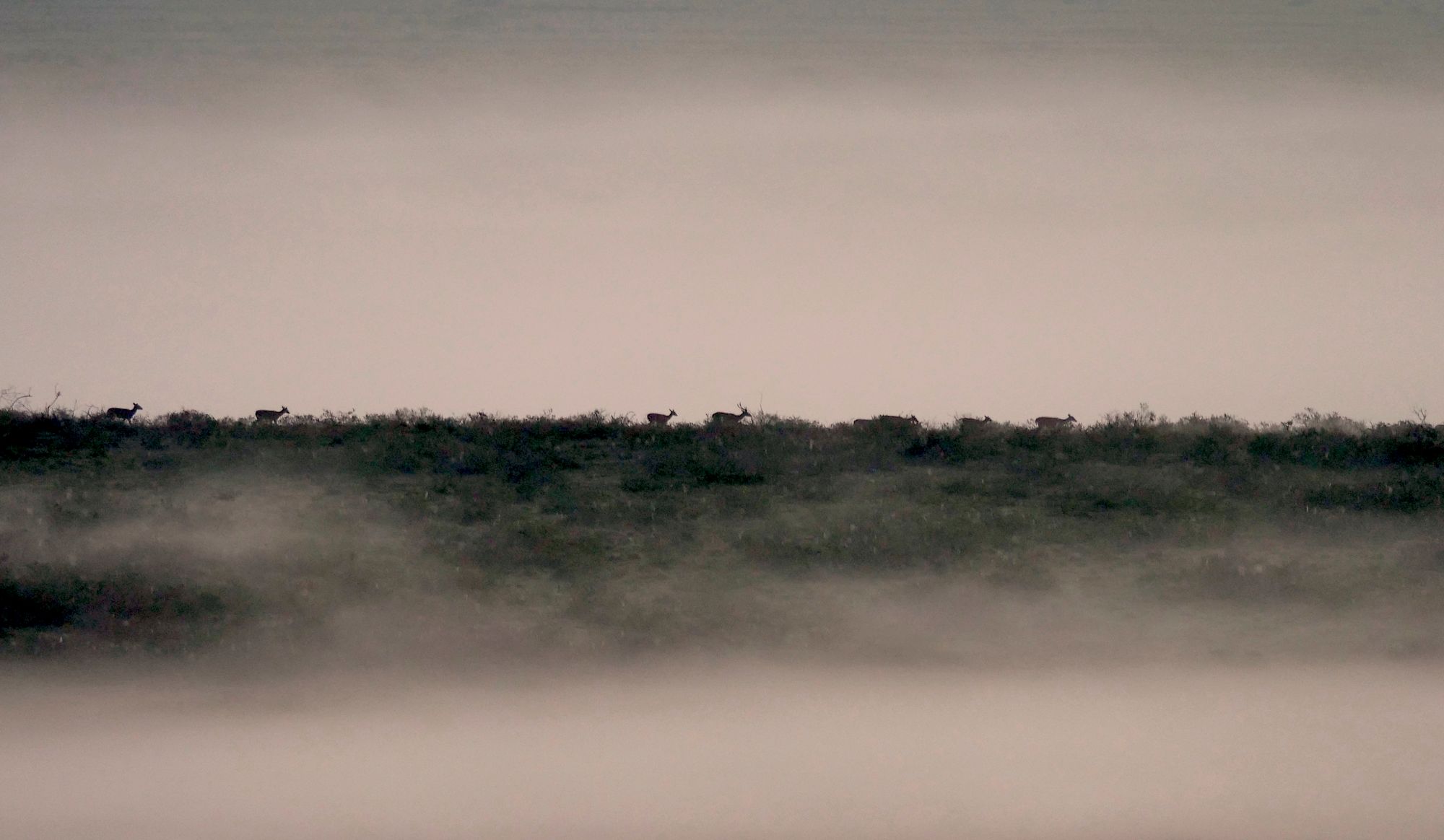
Enter John Burrell and friends who assessed the burgeoning herds and quickly hatched a plan. Sell deer hunts. Aggressively. Hire local guides. Fill hotels, cabins, lodges. Offer meat processing and taxidermy services. Donate venison to the roughly 3,300 citizens of the island.
“It’s working well,” Burrell noted. “The people of Lanai are consuming, literally, tons of game meat every year. During Covid it became more important than ever. Our hunters are starting to make a dent in the overpopulation of deer.”
This doesn’t mean the non-native deer are all curse and no blessing. Given the already grossly disrupted biotic community on the island –including numerous invasive plants as well as feral goats, domestic cats, and birds from various continents – this volcanic blip in the central Pacific will never return to its pristine state. Meanwhile, the Indian deer now living on it prevent many invasive shrubs and grasses from getting completely out of control, at the same time reducing wildfire fuels.
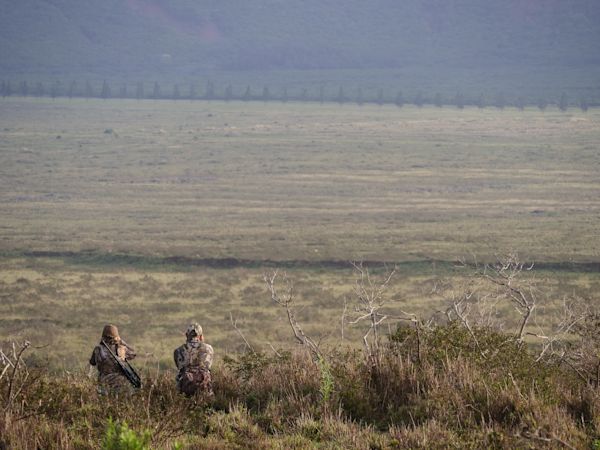
IT'S A BALANCING ACT
#fortheloveofnature
“The trick is limiting the deer to the proper levels for them to in turn limit the weeds without increasing the erosion that’s been carving away the island for more than 150 years. It’s a balancing act, but we’re seeing light at the end of a tunnel that appears to stretch five to ten years. By that time, we should have herd size at a sustainable level that provides most of their benefits without major detriments.”
Success like this may be unique to Lanai, according to Burrell. “Non-native deer on the other islands are a constant problem, too, but land ownership and fragmented habitats there make management ever so much more difficult. Here we can devise a plan and apply it across 97 percent of the island.”
Other environmental pluses from hunting and eating Lanai deer include the surprising health of the animals. Isolated as they have been for decades, they are free of all major parasites and infectious diseases. There are no genetically modified crops on the island on which they might feed, and of course they receive no hormone injections, vaccinations, or other pollutants. It’s the locavore’s all-organic dream dinner. And what meat it is. Fine-grained, tender, mild. An epicure’s delight.
The Lanai deer program reminds us that,
just as none of us are islands unto ourselves, neither are deer nor pineapples nor volcanic islands disconnected from the wider world. Each and every part is connected and interwoven, cogs in Nature’s ancient wheel. Life supporting life. Sustainable use remains Nature’s proven method for maintaining her fecund diversity of living things.
The hunting trip was organized by High Adventure Company: highadventurecompany.com
